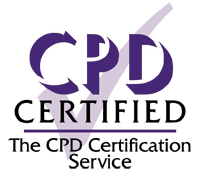6 January 2023
| Ray Clarke, Liat Kishon-Rabin
Ray Clarke, Clinical Sub-dean, Alder Hey Hospital, Liverpool, UK. Prof Liat Kishon-Rabin, PhD, Dean of Innovation in Teaching & Learning; Professor of Communication Disorders, Tel Aviv University, Israel; President (2021-2023) of the European Federation of Audiology Societies (EFAS). E: lrabin@tauex.tau.ac.il...

